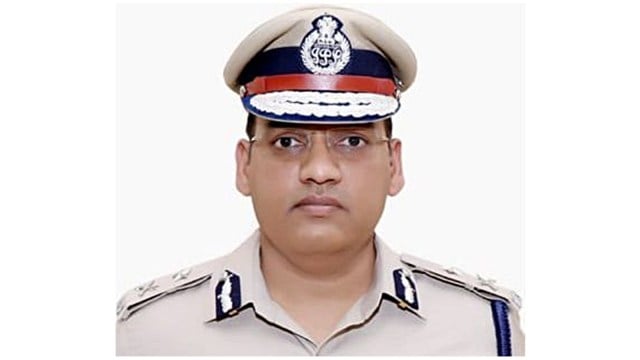
On October 7, Y Puran Kumar, a 52-year-old IPS officer from the Haryana cadre and a member of the Dalit community, died by suicide. Kumar was known for his proactive stance against caste bias, administrative irregularities, and corruption. He reportedly challenged irregular promotions and postings, advocated for the representation of Scheduled Castes in police ranks, criticised the discriminatory allocation of official vehicles to Indian Police Service (IPS) officers, and opposed the construction of an unauthorised temple in the Police Lines at Sirsa. However, Kumar’s vocal opposition to caste-based discriminatory practices in the bureaucracy seems to have come at a great cost. In his eight-page suicide note, he described “blatant caste-based discrimination, targeted mental harassment, public humiliation and atrocities” through denial of promotions, unfair Annual Confidential Reports, exclusion from cadre posts, and being denied leave to meet his dying father. Kumar’s experience of caste discrimination is not isolated but representative of the predicament of a majority of SC/ST officers.
The suicide raises significant questions, especially in light of the Supreme Court’s ruling on SC/ST sub-classification in August 2024. The court acknowledged the intra-community disparities within the SCs and STs and allowed for the sub-classification of quota in higher education and public employment. However, the most troubling aspect of the judgment was the observation regarding the exclusion of the creamy layer within SC/ST from the benefits of reservations. These observations align with views long held by anti-reservationists, who argued that economically advantaged SC/ST individuals should not receive reservation benefits. Kumar’s case serves as a stark reminder that, despite being financially well-off and holding a prestigious position in the bureaucracy, he allegedly experienced various forms of caste-based discrimination.
Just a few days ago, Chief Justice of India B R Gavai faced a shocking incident of caste prejudice when lawyer Rakesh Kishore threw a shoe at him in the Supreme Court, saying, “We will not tolerate insults to Sanatan Dharma.” This incident followed the Chief Justice’s earlier remarks during a hearing concerning the restoration of a Vishnu idol. The attack on the Dalit Chief Justice has been widely interpreted as carrying casteist undertones. It underscores that even those from Dalit communities who hold the highest constitutional positions are not immune to caste discrimination.
The reservation policies ensured the representation of historically caste-marginalised groups in the prestigious civil services. However, socially superior caste bureaucrats, plagued by caste prejudices, seem to have produced deeply unfavourable terms of service for the SCs and STs. The suicide incident also questions the myth of the “casteless bureaucrat”. In fact, India’s “steel frame”, as the Indian bureaucracy has long been known, has been corroded by the poison of caste.
B R Ambedkar had anticipated such situations in his book States and Minorities. He had warned that without structural changes, caste-based discrimination would pervade the central bureaucracy and worsen after Indian independence, creating precisely the hostile environment Kumar described in his suicide note. Ambedkar consistently argued that caste is a system of graded inequality that transcends income or education. Its logic of operation is ritual and relational, not merely material. Therefore, it doesn’t come as a surprise that SC/ST representation in the higher echelons of bureaucracy remains abysmally low. For instance, Kathryn Doner, in a 2022 research paper titled Seventy years later: Caste in the Indian Bureaucracy, demonstrated that among the highest secretary-level positions, SCs comprised merely 1.1 per cent, STs 3.37 per cent, and OBCs had no representation. The stark underrepresentation of the SCs and STs at the apex of the bureaucratic hierarchy exposes the deeper structural caste malaise that persists and remains unchecked. Caste prejudice among socially superior caste bureaucrats is likely at the root of hundreds of thousands of reserved category positions that go unfilled.
Against this backdrop, the pressing question is: What will happen to Kumar’s case? An FIR has been registered against senior officers named in Kumar’s suicide note, following his wife’s complaint. However, history suggests that cases under the SC/ST Prevention of Atrocities Act, especially those implicating powerful bureaucrats and officials, rarely result in accountability. There is an urgent need for bureaucratic reforms that are sensitive to caste representation in bureaucracy. Also, there is a need to arrange caste sensitisation training programmes for bureaucrats. There is also a need to provide an effective redressal mechanism for SC/ST officers. Unless these steps are taken, India’s bureaucracy will continue to corrode under the weight of caste.
Mhaskar is a Professor at O. P. Jindal Global University and is currently a Fulbright Fellow at Stanford University, and Pol is an Associate Professor at The Manipal Academy of Higher Education, Manipal